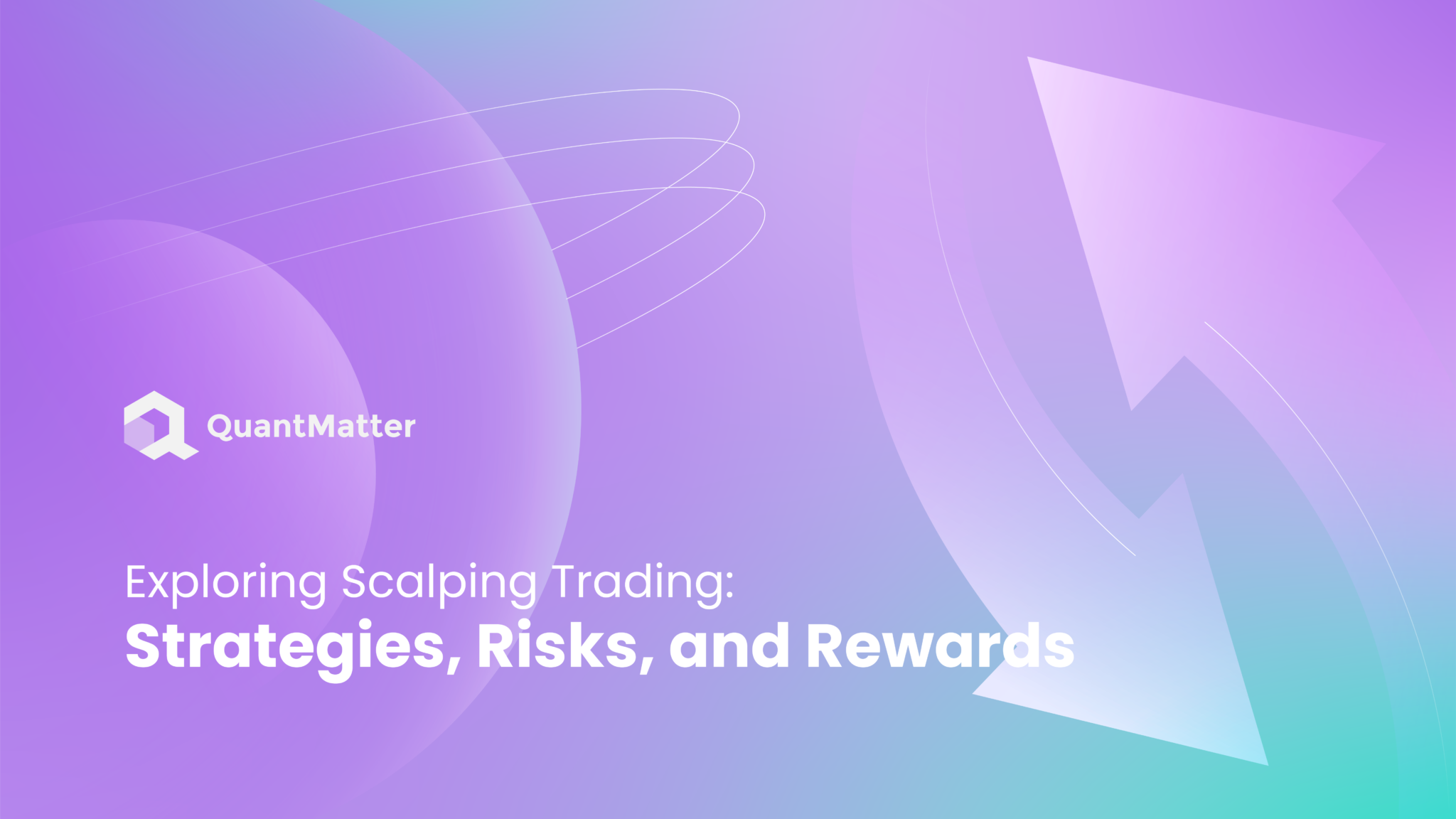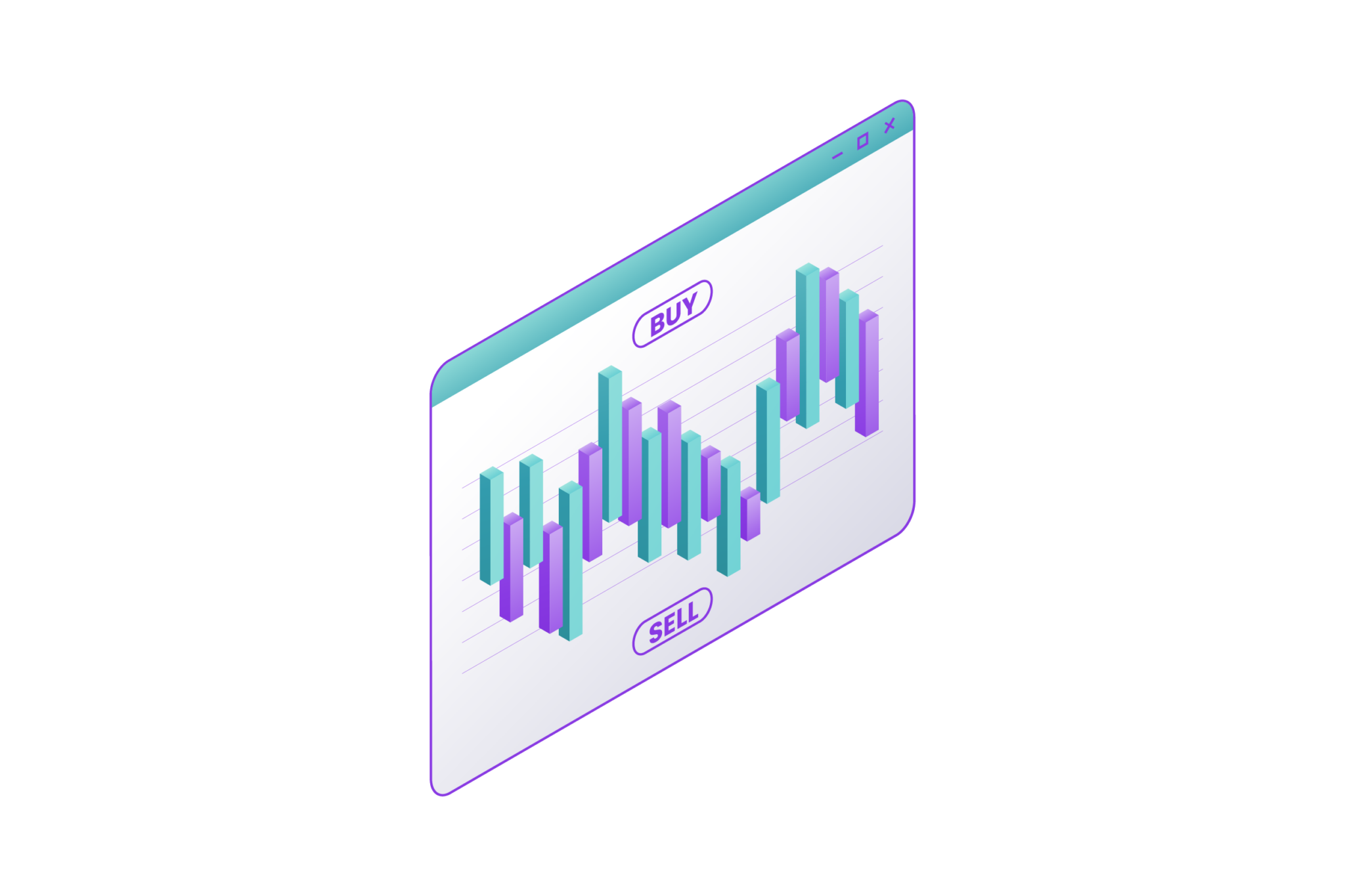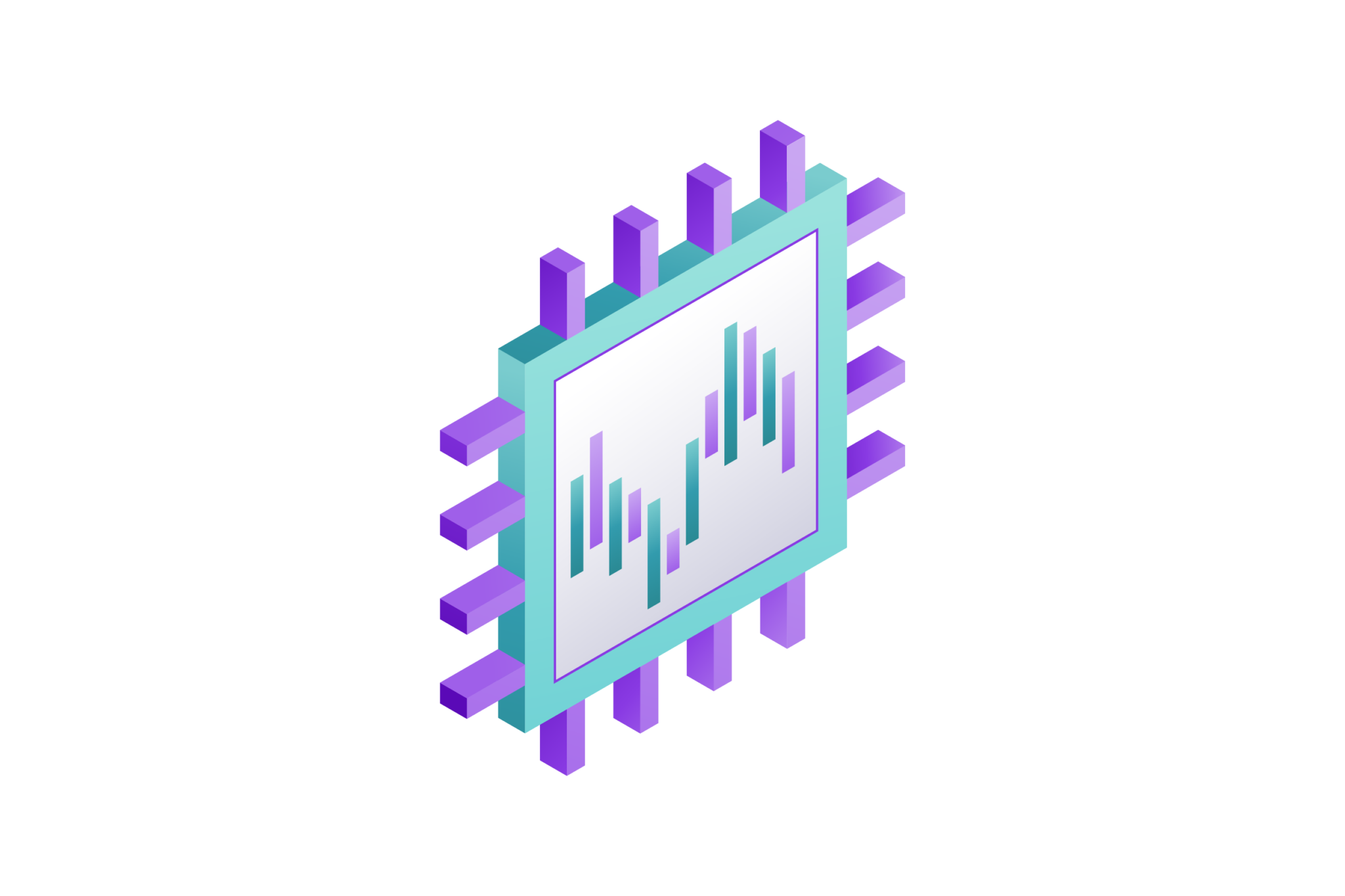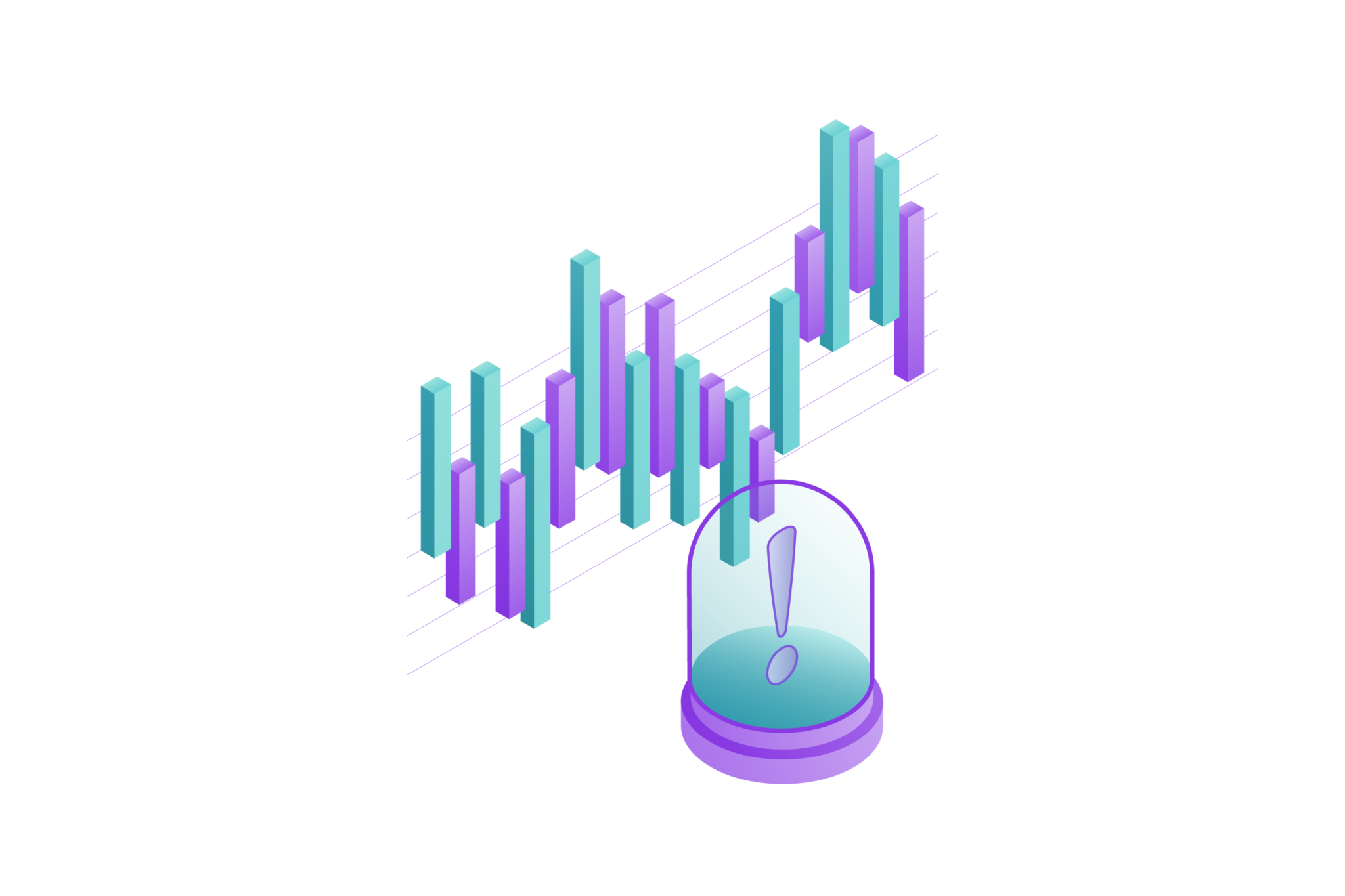
Essentially, scalping attempts to take advantage of small, quick wins in a high number of trades over a trading session. Traders who apply this particular strategy are generally called ‘scalpers’. They try to use minimal movement in price to their advantage and generally open and close their positions quickly.
Scalp trading is one of the highly recognized and fast-paced strategy approaches that have gained huge interest within the financial markets. It is based on taking advantage of small opportunities within the market niche and opening and closing positions with very short time frames, often seconds or minutes. The objective of this article is to unveil an elaborate overview of scalp trading, investigating the details of this strategy, from the components it is made of to critical considerations of risks and advantages.
What is Scalp Trading?

Scalping, a short-term trading strategy, is designed to exploit minor price fluctuations in the financial markets. Scalpers are known for their high-frequency trading approach, executing a multitude of small trades within a single trading session, with each trade targeting a modest profit. The essence of scalping lies in the ability to swiftly enter and exit positions to capture fleeting market movements that often unfold within seconds or minutes. This article will delve deeper into the world of scalping, examining its key characteristics, versatility across different financial instruments, and the intricate nature of this trading strategy.
Scalping is not limited to a particular asset class and can be applied to various financial instruments, including stocks, forex, cryptocurrencies, and commodities. In equity markets, scalpers target price discrepancies that can arise due to news releases, corporate events, or market sentiment shifts. The foreign exchange market is a popular playground for scalpers, as it is highly liquid and experiences constant price movements. Currency pairs offer ample opportunities for short-term trading. The crypto market’s volatility and 24/7 trading availability make it an attractive choice for scalping enthusiasts. Scalping can also be applied to commodities like oil, gold, and silver, capitalizing on rapid price fluctuations driven by supply and demand dynamics.
Scalping demands speed, precision, and effective risk management. High-frequency trading can lead to substantial transaction costs, including spreads, commissions, and slippage, which can eat into profits. Scalpers operate under constant pressure due to the need for quick decision-making and the potential for rapid market shifts. While scalping can generate frequent profits, the profit margin for each individual trade is typically small, necessitating a high volume of trades to achieve significant gains. In conclusion, scalp trading is a dynamic and versatile strategy that attracts traders seeking to profit from short-term market movements. Its success relies on the ability to act swiftly and decisively, coupled with a strong grasp of technical analysis and risk management. However, potential traders should be aware of the unique challenges associated with scalping, including transaction costs and the mental demands of high-frequency trading.
Scalping is a strategy that suits traders with a certain mindset and skill set. It requires the ability to stay focused, make rapid decisions, and maintain discipline in a high-pressure environment. Scalpers often develop a unique intuition for market dynamics and hone their skills through extensive practice. They may also employ advanced order types, such as market orders and limit orders, to enter and exit positions with precision. Furthermore, they often utilize leverage cautiously, as it can amplify both profits and losses, making risk management paramount.
It’s worth noting that scalping is not without controversy. Some argue that it can contribute to market volatility and that high-frequency trading strategies, including scalping, might lead to market inefficiencies. Regulators and exchanges have implemented various measures to address these concerns, such as circuit breakers and trading restrictions during extreme price fluctuations. Traders considering scalping should be aware of the regulatory environment in their chosen market and adhere to relevant rules and guidelines. In sum, scalping is a niche trading strategy that, when executed skillfully, can yield consistent returns. However, it also demands rigorous discipline, a thorough understanding of market dynamics, and the ability to manage risks effectively. Traders should weigh the potential rewards against the challenges and consider the suitability of scalping for their individual trading goals and preferences.
Key Components of Scalp Trading

Scalp trading is a short-term trading strategy that aims to profit from small price movements in the financial markets. It typically involves making a large number of small trades throughout the day. The key components of scalp trading include:
– Timeframes
scalp trading operates on remarkably short timeframes, with traders focusing on capturing minute price movements. They closely monitor charts and employ technical analysis to identify patterns, trends, and momentum shifts. The goal is to seize opportunities within seconds or minutes, which requires a deep understanding of chart analysis and the ability to make quick, informed decisions.
Scalpers often rely on candlestick charts, which provide detailed information about price action, and they use various technical indicators to confirm their entry and exit points. By mastering these aspects, scalpers can efficiently pinpoint and capitalize on fleeting opportunities in the market.
– Quick Execution
Swift execution is paramount in scalping. Scalpers leverage advanced trading platforms and tools that enable them to enter and exit positions with minimal delay. To execute trades at lightning speed, they often employ hotkeys, one-click trading, and automated trading systems.
Many scalpers utilize direct market access (DMA) or high-frequency trading (HFT) strategies, which can further reduce execution times. By embracing cutting-edge technology, scalpers can make the split-second decisions necessary to seize profitable opportunities.
Also Read: Market Making: Strategies and Techniques
– High Volume
scalp trading thrives on the principle of high volume. Scalpers frequently engage in a large number of trades throughout a trading session, with each trade targeting a small profit. This strategy relies on the sheer quantity of trades to accumulate gains over time.
Scalpers must be adept at managing multiple positions simultaneously and have a well-structured approach to handle the fast-paced nature of their trading. This approach allows them to efficiently generate profits despite the modest size of each individual trade.
– Tight Spreads
Scalpers meticulously select assets with minimal spreads. A spread is the difference between the bid (buy) and ask (sell) prices, and it represents a transaction cost for traders. Smaller spreads mean that the price needs to move less in the trader’s favor to turn a profit.
Scalpers prefer assets and markets with highly competitive spreads, such as major currency pairs in Forex or heavily traded cryptocurrencies. This choice minimizes transaction costs and enhances the profitability of each trade, aligning with the scalping strategy’s focus on frequent, small profits.
– Risk Management
scalp trading involves a high level of risk due to its rapid trading frequency. Effective risk management is crucial to protecting capital and ensuring consistent profitability. Scalpers often utilize stop-loss orders, which automatically close a position if the price moves against them by a predetermined amount. Take-profit orders are also commonly employed to lock in profits quickly.
Scalpers set these orders to limit potential losses and secure gains, enhancing the discipline and security of their trading approach. Skilled risk management is an essential component of scalping, as it allows traders to navigate the intense trading environment while preserving their capital.
Risks and Challenges of Scalp Trading

scalp trading, while potentially profitable, comes with its own set of risks and challenges that traders need to be aware of. Here’s a closer look at the key risks and challenges of scalp trading:
1. Commissions and Fees
Frequent trading in scalping can result in substantial commissions and fees, which need to be factored into a trader’s overall profitability. High transaction costs can significantly impact the net gains from scalping.
Traders should carefully evaluate the fee structure of their chosen broker and consider the cost-effectiveness of their trading strategy. Some brokers offer discounts to high-frequency traders, helping to reduce the burden of transaction costs.
2. Stress and Emotional Control
Scalping is undoubtedly one of the most mentally demanding trading strategies. Traders must make rapid decisions, execute trades swiftly, and maintain composure under intense pressure. The risk of making impulsive decisions is high, and these can lead to substantial losses.
It’s crucial for scalpers to have a well-defined trading plan, adhere to risk management strategies, and cultivate emotional resilience. Psychological techniques, such as mindfulness and stress management, can help traders stay calm and collected during the frenetic pace of scalping.
3. Market Volatility
Scalping thrives in volatile markets, where price movements occur frequently and provide numerous trading opportunities. However, there is a fine balance to be maintained.
Excessive market volatility can lead to erratic and unpredictable price swings, increasing the risk of unexpected losses. Scalpers must be adept at assessing the market’s current volatility levels and adapting their strategies accordingly. Effective risk management is vital to navigate volatile conditions and protect against significant adverse price movements.
4. Technical Issues
Scalping leaves no room for technical glitches or connectivity problems. A momentary interruption in trading can result in missed opportunities or substantial losses. Scalpers invest in reliable hardware, high-speed internet connections, and robust trading platforms.
Redundancy and backup systems are often in place to ensure uninterrupted trading, emphasizing the importance of technical reliability in scalping. Traders should also be well-versed in troubleshooting and resolving technical issues promptly to minimize downtime.
5. Limited Profit Potential
Scalping is characterized by aiming for small, frequent gains. It’s essential for scalpers to understand that the profit potential per trade is limited. Consistent success in executing a high volume of trades is the key to profitability in scalping.
The strategy’s effectiveness hinges on the cumulative gains generated over numerous transactions. Scalpers should set realistic profit expectations and be prepared for the challenges that come with high-frequency trading. This includes the need for disciplined trading and the ability to execute a large number of trades effectively.
Rewards of Scalp Trading

Scalp trading, despite its inherent risks and challenges, offers several potential rewards for traders who are well-prepared and disciplined. Here are some of the rewards associated with scalping:
1. High Potential for Profit
Scalp trading’s high potential for profit arises from its unique approach to capturing frequent, small price movements. Scalpers aim to accumulate gains by making a substantial number of trades, and these small profits can add up significantly over the course of a trading day.
The key to maximizing profit potential in scalping is consistency and precision. Scalpers need to execute their trades with accuracy, effectively manage their risk, and take advantage of the multitude of short-term trading opportunities that arise. It’s worth noting that while the profit potential is high, it’s not guaranteed, and traders should be prepared for the possibility of losses.
2. Quick Turnover
The rapid turnover of positions is a hallmark of scalping. Traders enter and exit trades swiftly, allowing them to realize gains (or losses) quickly. This rapid pace aligns with the goal of capitalizing on short-term market movements.
Scalpers can take advantage of market fluctuations and promptly react to changing conditions, which provides them with a significant advantage when it comes to adapting to market dynamics. This agility enables them to seize opportunities as they emerge and make timely adjustments to their positions to optimize their results.
Also Read: What Is a Quant? Everything about Quantitative Analyst
3. Reduced Overnight Risk
Scalping’s avoidance of holding positions overnight eliminates exposure to overnight market risk. When trading positions are held overnight, traders are susceptible to unpredictable and potentially unfavorable price gaps that can occur when markets reopen due to unforeseen events or news developments.
By closing positions at the end of each trading day, scalpers safeguard themselves from such risk. This practice aligns with the overall risk management strategy of scalping, emphasizing the preservation of capital.
4. Improved Trading Skills
Scalping can significantly enhance a trader’s technical analysis and risk management skills. Engaging in frequent and rapid trading requires a deep understanding of technical indicators, chart patterns, and market behavior.
Scalpers become adept at interpreting real-time data and making split-second decisions based on this information. Moreover, the rigorous risk management required in scalping hones a trader’s ability to set and manage stop-loss and take-profit orders effectively. These skills acquired through scalping can prove invaluable in other trading strategies, making scalping a valuable training ground for traders looking to improve their overall trading competence.
5. Diversification
Scalping’s versatility extends to various asset classes, providing traders with opportunities to diversify their trading portfolios. Diversification involves spreading risk across multiple assets or markets, reducing the impact of adverse price movements on a single asset.
Scalpers can explore different markets, including stocks, forex, cryptocurrencies, and commodities, depending on their expertise and risk tolerance. Diversifying a trading portfolio can lead to more stable returns and greater resilience in the face of market fluctuations.
Conclusion
Scalp trading offers several advantages, including the potential for significant profits, quick turnover of positions, reduced overnight risk, skill enhancement, and opportunities for diversification. However, it’s important to recognize that these advantages come with their own set of challenges, and traders should be well-prepared, disciplined, and capable of managing the fast-paced nature of this strategy. Successful scalping can be a rewarding endeavor for traders who are committed to honing their skills and adapting to the dynamic nature of the financial markets.
Scalp trading is a high-intensity strategy that offers the potential for substantial profits but comes with its own set of risks and challenges. Traders interested in scalping should be well-prepared, use advanced trading tools, and have a thorough understanding of the markets they are trading in. As with any trading strategy, it is essential to conduct thorough research and practice in a simulated environment before risking real capital in the highly competitive world of scalping.
Disclaimer: The information provided by Quant Matter in this article is intended for general informational purposes and does not reflect the company’s opinion. It is not intended as investment advice or a recommendation. Readers are strongly advised to conduct their own thorough research and consult with a qualified financial advisor before making any financial decisions.
I craft stories that make complex ideas clear. I simplify the blend of data science, machine learning, and crypto trading, showcasing how advanced tech and quantitative models analyze data for informed trading choices. Join me in exploring the realm of quantitative trading, where my narratives make intricate concepts easy to grasp.
-
Alifia Berizkyhttps://quantmatter.com/author/alifia-berizky/
-
Alifia Berizkyhttps://quantmatter.com/author/alifia-berizky/
-
Alifia Berizkyhttps://quantmatter.com/author/alifia-berizky/
-
Alifia Berizkyhttps://quantmatter.com/author/alifia-berizky/

